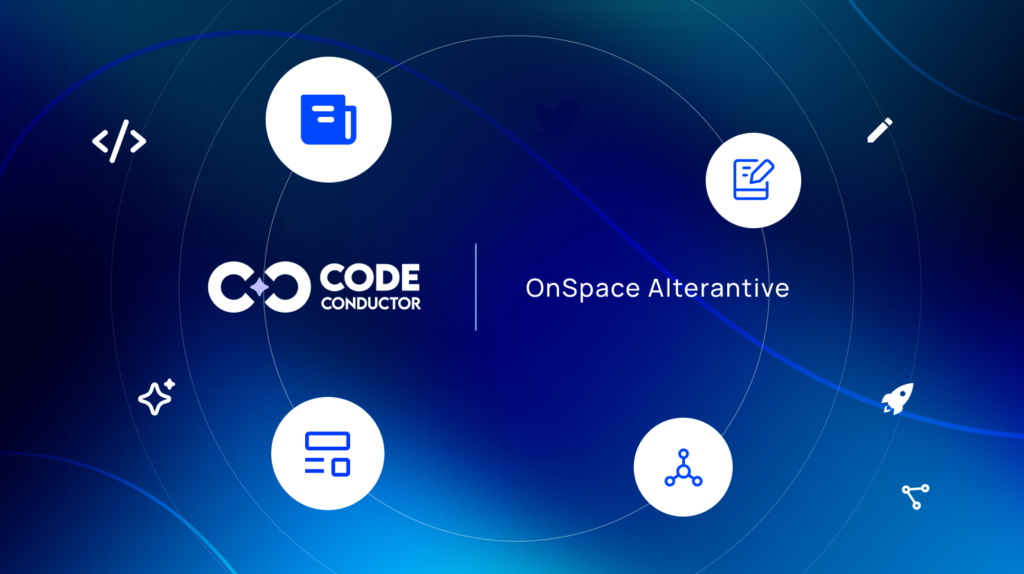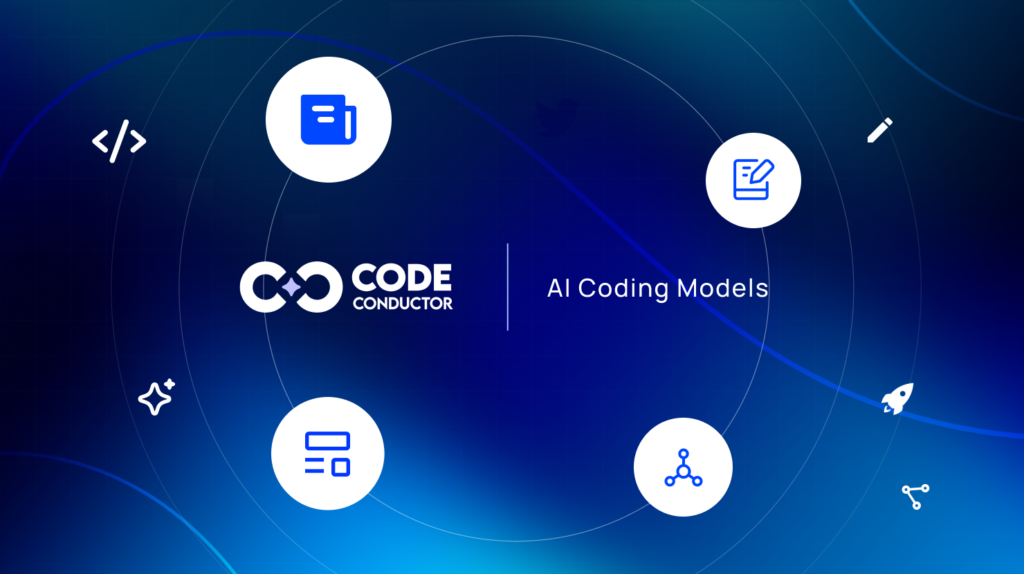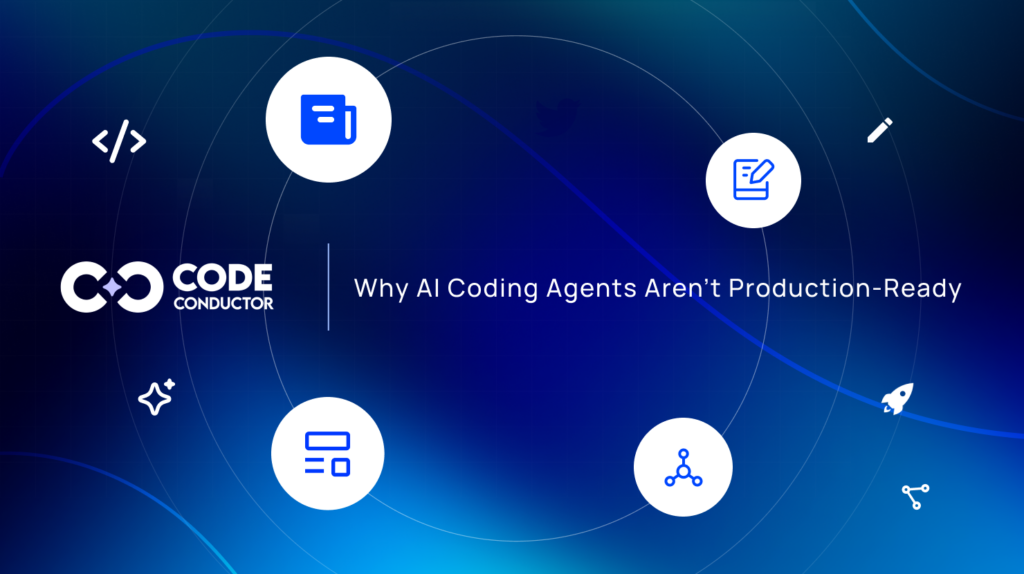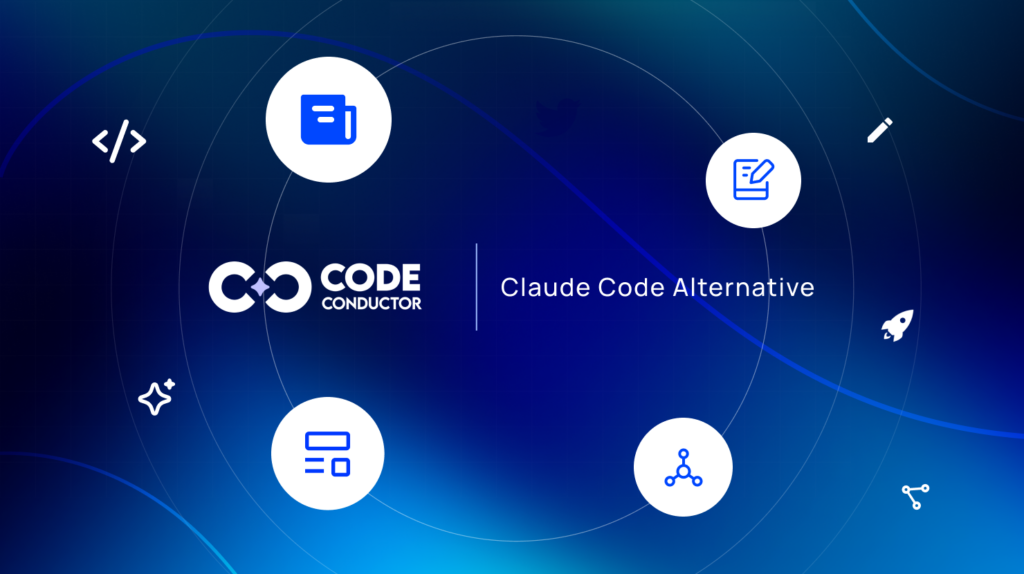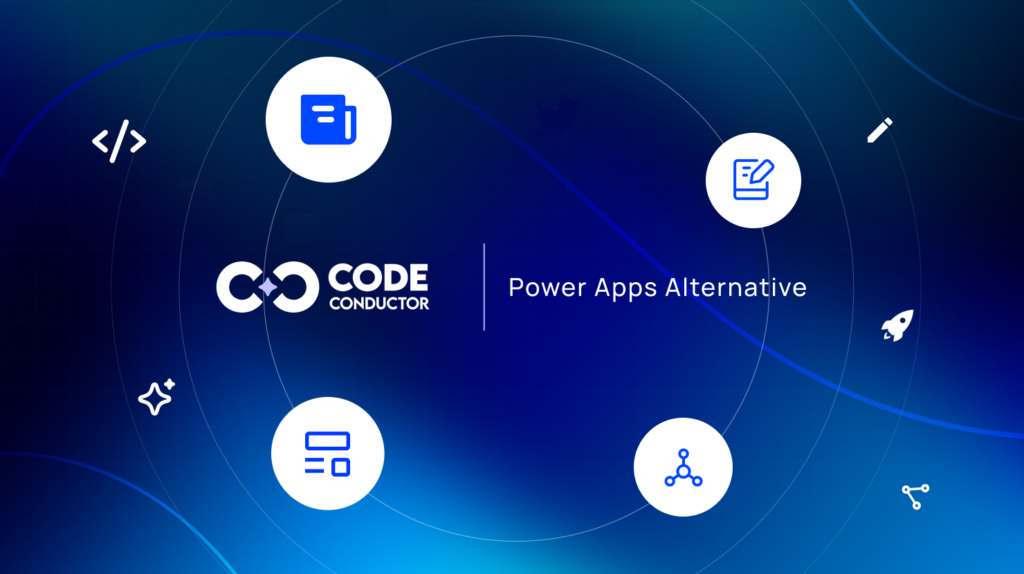Key Takeaways
- Enhanced Productivity: AI content writing tools significantly boost productivity by automating the creation and editing of content.
- SEO Optimization: These tools enhance SEO through keyword analysis, structured content, and improved readability, leading to higher search engine rankings.
- Adaptability: AI tools are flexible, adapting to various writing styles and tones to match brand voice consistently.
- Cost-Effectiveness: Offering scalable pricing, AI tools are accessible to businesses of all sizes, ensuring cost efficiency.
- Plagiarism Detection: Built-in plagiarism checkers maintain content originality and integrity.
- Multilingual Capabilities: AI writing tools support multiple languages, facilitating global content outreach.
- Future Advancements: AI’s future in content creation promises personalized, contextually aware, and integrated solutions with advanced NLP capabilities.
AI is evolving in every field and content writing is not an exception. There are plenty of AI content writing tools out there, but they can’t match everything skilled writers can do. The most common real-world example of this
 [Image Credit – X (Matt Shumer)]
[Image Credit – X (Matt Shumer)]
Here, is Claude’s AI note which mentions that this popular tool can commit mistakes. And not only, Claude, you can see such disclaimers almost on every AI tool. Whether it is ChatGPT, Gemini, HuggingFace, Prepexility.AI, etc.
These tools do come in handy for content creators and marketers, helping them with research and speeding up their work.
With new content writing tools popping up all the time, especially on platforms like Product Hunt, it’s tough for writers and marketers to pick the best AI tool for their needs.
In This Post
- Key Takeaways
- What is an AI Content Writing Tool?
- What Can AI Content Writing Tools Do?
- How Do AI Content Writing Tools Work?
- Benefits of AI Content Writing Tools
- List of Best AI Content Writing Tools
- Build Your Own AI Content Writing Tool with CodeConductor.AI!
- Common Concerns Related to AI Content Generation Tools
- 1. What are the key differences between AI content writing tools and human writers?
- 2. How do AI content writing tools impact SEO strategies?
- 3. Can AI content writing tools detect and correct plagiarism?
- 4. What are the limitations of AI content writing tools?
- 5. How do AI content writing tools handle language translation and localization?
- 6. How do AI content writing tools handle different writing styles and tones?
- 7. What are the cost implications of using AI content writing tools for businesses?
What is an AI Content Writing Tool?
AI content writing tools are cutting-edge software powered by artificial intelligence that automatically generates various content formats, from blog posts and website copy to social media captions and product descriptions. These tools can be your secret weapon for conquering content fatigue and achieving your content marketing goals.
According to the Growth Market Reports, the global AI writing assistant software market is projected to reach USD 1,022.3 million by 2028, with a compound annual growth rate (CAGR) of 14.2%. [source]
However, the current landscape of AI writing tools might leave you wondering: which one is right for me?
What if you could build your own custom AI writing tool tailored to your specific needs and brand voice?
The answer lies in AI software development platforms, a revolutionary software development methodology that empowers business people, marketers, or writing agency owners to create and deploy their own AI content-writing tools.
In this blog, we’ll explore the exciting world of best AI content writing tools including benefits, and functionalities, and unveil the groundbreaking potential of building your own AI writing tool. But before that let’s discuss what exactly these AI tools can do.
What Can AI Content Writing Tools Do?
AI content writing tools have evolved beyond simply generating text. They offer a diverse range of functionalities designed to empower content creators at various stages of the process, including:
1. Content Creation:
- Generate different content formats: AI tools can help you create a variety of content types, including
- Blog posts and articles
- Social media captions and posts
- Website copy (product descriptions, landing pages, etc.)
- Email marketing campaigns
- Scripts and video content outlines
- Even code snippets (in some cases)
- Beat writer’s block: Facing a blank page and struggling for inspiration? AI tools can spark your creativity by:
- Suggesting topic ideas and headlines
- Providing outlines and story structures
- Generating different creative text formats (e.g., poems, song lyrics)
2. Content Improvement:
- Enhance clarity and flow: AI can analyze your existing content and offer suggestions to improve:
- Readability and sentence structure
- Grammar and spelling errors
- Overall coherence and flow of ideas
- SEO optimization: Some AI tools can help you optimize your content for search engines by:
- Suggesting relevant keywords and phrases
- Ensuring proper keyword density
- Creating meta descriptions and page titles
3. Content Repurposing and Translation:
- Repurpose existing content: AI tools can help you transform existing content into different formats. For example, you could convert a blog post into a social media post or an infographic.
- Translate content into multiple languages: Reach a wider audience by translating your content into different languages using AI-powered translation features.
4. Content Research and Ideation:
- Research and gather information:Some AI tools can access and analyze vast amounts of online data, helping you find relevant data and statistics to support your content.
- Generate content ideas based on trends and audience preferences: AI can analyze current trends and audience interests to suggest content topics that are likely to resonate with your target audience.
5. Text-to-Image and Video Generation (Emerging Feature):
While still in development, some advanced AI content creation tools like ChatGPT offer features to generate images and videos based on text prompts.
There are rumors that AI content writing tools replace content writers and make them jobless. But, this is not true….
AI content writing tools, even with image and video generation features, are not meant to replace human creativity and expertise. They are best used as writing assistants to streamline the content creation process, overcome creative roadblocks, and improve the overall quality and efficiency of your content production.
And it is important to note that AI also commits mistakes and there are some ethical and security concerns regarding AI-generating content. To cross-check the AI-generated content quality, supervision is needed – which makes the position of content creators irreplaceable.
How Do AI Content Writing Tools Work?

While AI content writing tools might seem like magic, their operation hinges on the intricate interplay of machine learning (ML) and natural language processing (NLP) techniques. Here’s a deeper dive into the core workings:
1. Training:
- Massive Datasets: AI writing tools are fueled by vast collections of text and code data, encompassing articles, books, websites, code repositories, and even social media interactions.
- Deep Learning Models: These tools leverage deep learning models, specifically recurrent neural networks (RNNs) like LSTMs (Long Short-Term Memory) and transformers. These models are trained on the provided data, allowing them to learn and capture intricate relationships, patterns, and human language nuances. The training process involves feeding the models large amounts of text data, enabling them to identify statistical relationships between words, sentence structures, and various writing styles.
2. Understanding Your Input:
- When you interact with an AI writing tool, you provide it with instructions through prompts and parameters, including
- Content-Type: Specify the desired content format (e.g., blog post, social media caption, product description).
- Topic: Outline the subject matter the content should address.
- Keywords: Identify specific keywords or phrases you want the tool to incorporate.
- The tool then employs natural language understanding (NLU) techniques to grasp your intent and the intended style and tone of the content. It involves tasks like sentiment analysis, named entity recognition, and topic modeling to extract meaning and context from your input.
3. Content Generation:
- Based on the gleaned knowledge from the training data and your specific input, the tool generates text through a combination of techniques:
- Sequence Prediction: The model utilizes its understanding of language patterns to predict the most probable next word in a sequence, building upon the previous words already generated. This prediction relies heavily on the statistical relationships learned during the training phase.
- Knowledge Integration: Drawing from the vast knowledge base embedded within the model, the tool incorporates relevant details and information based on the identified topic and your provided input. It might involve referencing factual data, related concepts, or stylistic elements from the training data.
- Style Transfer: The model adapts the writing style and tone to match your specifications. It often involves adjusting vocabulary choices, sentence structures, and the overall sentiment of the generated text.
- Refining the Output:
- The initial draft generated by the AI might require further refinement. Some tools offer features that involve:
- Grammar and Spell Checking: Employing NLP techniques to identify and rectify grammatical errors, spelling mistakes, and punctuation inconsistencies.
- Fact-checking: Verifying the accuracy of factual information presented in the content, often by accessing external knowledge bases or reputable online sources.
- Tone and Style Adjustments: Further fine-tuning the tone and style of the content to achieve the desired impact on the target audience. It might involve adjusting specific word choices or sentence structures.
It’s crucial to remember that AI writing tools are still evolving, and their output can vary in quality and accuracy. However, as these tools continuously learn from vast amounts of data and integrate advanced techniques, they are poised to become increasingly sophisticated and valuable assets for content creators.
Benefits of AI Content Writing Tools
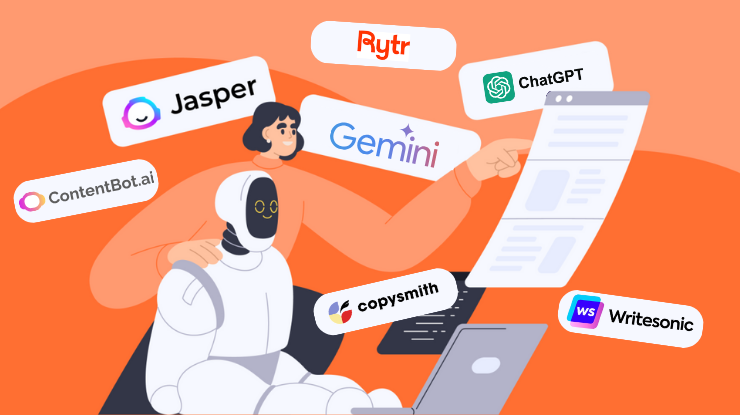
While AI content writing tools excel at saving time and streamlining workflows, their benefits extend far beyond mere efficiency. Here’s a deeper look at the diverse advantages they offer to content creators:
1. Enhanced Creativity and Content Exploration:
- Overcoming writer’s block: Facing a blank page can be crippling. AI tools can spark creativity by suggesting ideas, titles, and outlines, helping you break through creative roadblocks and explore new angles for your content.
- Experimenting with different styles and formats: AI content writing tools can generate content in various formats and tones. This allows you to experiment with different approaches, test audience engagement, and potentially discover a style that resonates particularly well with your target demographic.
2. Improved Content Quality and Consistency:
- Maintaining consistent brand voice: AI content creation tools can be trained on your existing content, allowing them to replicate your brand voice and style in new pieces. This ensures a consistent and recognizable tone across your entire content library.
- Grammar and clarity checks: AI writing software can also identify and rectify grammatical errors, typos, and awkward sentence structures, ensuring your content is polished and professional.
3. Content Personalization and Audience Targeting:
- Tailoring content to specific audiences: AI tools can analyze audience demographics and preferences, allowing you to generate content tailored to the specific needs and interests of different segments of your audience. This personalized approach can significantly improve engagement and conversion rates.
- Multilingual content creation: AI tools can translate your content into various languages, expanding your reach to a global audience and fostering brand awareness in international markets.
4. Increased Productivity and Scalability:
- Freeing up time for strategic tasks: By automating repetitive writing tasks, AI tools allow you to focus on higher-level strategies like content planning, audience engagement, and campaign analysis. It can significantly boost your overall productivity and free up valuable time for more strategic endeavors.
- Scaling content creation for growing demands: AI content development software can help you meet the growing content demands of your business or website. Whether you need to publish more blog posts, manage social media content, or generate product descriptions, AI tools can help you scale your content creation process efficiently.
By leveraging these multifaceted benefits, AI content writing tools can become invaluable assets for content creators, empowering them to overcome creative hurdles, enhance content quality, personalize their approach, and achieve their content marketing goals more effectively.
List of Best AI Content Writing Tools
The landscape of AI content generation tools is constantly evolving, with new options emerging and established players refining their capabilities. Here’s a curated list of some of the most popular AI content-writing tools in 2024:
1. Jasper

Jasper is a comprehensive AI writing tool known for its versatility and user-friendly interface. It excels in generating various content formats, including blog posts, social media captions, website copy, and even long-form content like ebooks and scripts.
Additionally, Jasper offers features like “Boss Mode,” which allows you to train the AI on your specific brand voice and writing style, ensuring consistent branding across your content.
- Founder – Dave Rogenmoser
- Official Website – www.jasper.ai
2. Rytr
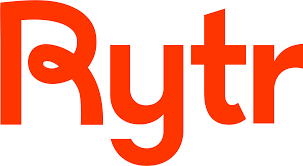
Rytr is another versatile AI writing tool that caters to a wide range of content creation needs. It offers numerous use cases, including blog post ideas, product descriptions, social media captions, and email marketing copy.
Rytr shines in its focus on long-tail keywords and SEO optimization, ensuring your content is discoverable through search engines.
- Founder – Abhi Godara
- Official Website – www.rytr.me
3. Writesonic

Writesonic is known for its user-friendly interface and simple setup process, making it an excellent choice for beginners and non-technical users. It offers a variety of templates and functionalities for generating different content formats, including product descriptions, website copy, and social media posts.
Writesonic also boasts features like plagiarism checks and content rephrasing, helping you maintain originality and enhance content clarity.
- Founder – Samanyou Garg
- Official website – www.writesonic.com
4. ContentBot
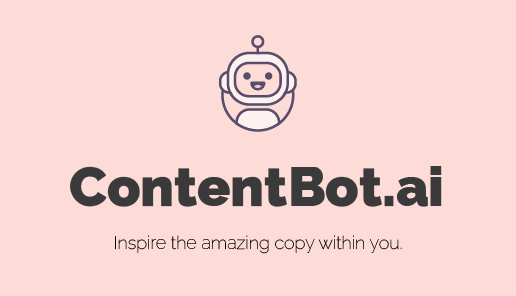
ContentBot is another beginner-friendly AI writing tool that focuses on simplicity and ease of use. It offers a straightforward interface and a variety of content templates for common use cases, such as blog post outlines, social media captions, and product descriptions. ContentBot also integrates with popular marketing platforms, making it easier to manage your content creation workflow.
- Founder – Nick Duncan
- Official website – www.contentbot.ai
5. Copysmith

Copysmith caters specifically to businesses and marketing teams, offering a robust suite of features tailored for advertising and sales copywriting. It excels in generating high-converting ad copy, product descriptions, email marketing campaigns, and landing pages.
Copysmith also offers features like A/B testing and analytics, allowing you to optimize your content for maximum results.
- Founder – Jasmine Wang and Anna Wang
- Official website – www.copysmith.ai
6. Gemini 2.0 Pro

For developers and those seeking an open-source alternative, Gemini is a large language model created by Google AI. While not a complete writing tool with a user interface, Gemini allows developers to integrate its text-generation capabilities into their applications or projects through an API.
This open-source approach enables developers to customize the AI for specific needs and build unique content creation solutions.
- Official website – www.gemini.google.com
7. ChatGPT o1

Developed by OpenAI, ChatGPT is a newcomer to the AI writing tool scene but has quickly gained traction due to its powerful features and capabilities. It offers various content creation options, including blog posts, social media captions, and even creative writing formats like poems and scripts.
Additionally, ChatGPT boasts advanced features like image generation and voice chat functionalities, expanding its potential beyond solely text-based content creation. However, it’s important to note that ChatGPT is currently in beta and requires waitlisting for access.
- Founder – Sam Altman
- Official website – www.chat.openai.com
We hope you enjoy exploring our curated list! Don’t forget to check out the best AI chatbots and top AI travel planning tools.
Build Your Own AI Content Writing Tool with CodeConductor.AI!
While the current AI writing tools offer various functionalities, they might not perfectly cater to your specific needs or brand voice. This is where CodeConductor.AI, the world’s first AI software development platform, empowers you to create your own custom AI content-writing tool.
Here’s how you can leverage CodeConductor.AI to build your personalized AI writing assistant:
Define Your Needs and Goals:
- Identify your content creation needs: What types of content do you need help with? Blog posts, social media captions, product descriptions, or something else?
- Outline your desired functionalities: Do you want your tool to generate different content formats, offer suggestions for improvement, or translate your content into multiple languages?
- Determine your target audience: Who will be using your AI writing tool? Understanding their needs and preferences will guide your development process.
Leverage CodeConductor’s Features:
- Single Line Text Editor: CodeConductor’s user-friendly single-line text editor allows you to pen down your ideas and see your dream AI writing software building in front of your eyes.
- Pre-built components: Utilize pre-built components like text editors, AI modules, and translation services to streamline development.
- Customizable workflows: Design your AI writing assistant’s workflow by connecting different components and functions.
- Integrations: Integrate with external APIs and services to expand your tool’s capabilities, such as adding grammar-checking features or plagiarism detection.
Train Your AI Model:
- Gather relevant data: You’ll need a dataset of text and code that reflects your desired writing style and content types. It can include your existing content, relevant articles, and industry-specific information.
- Choose an AI model: CodeConductor.AI integrates with various generative AI models, allowing you to select the one that best suits your needs.
- Train the model: Train your chosen generative AI model on your gathered data. This process helps the AI learn the patterns and nuances of your desired writing style and content format.
Refine and Test:
- Test your tool: Once you’ve built your basic framework, test it with different prompts and scenarios. It helps identify issues and ensures the generated content aligns with your expectations.
- Refine the model: Based on your testing results, you can fine-tune your AI model by providing further training data or adjusting its parameters.
- Gather feedback: Share your tool with trusted users and gather their feedback. This feedback can help you identify areas for improvement and enhance the overall user experience.
- Deploy your tool: CodeConductor.AI allows you to deploy your custom AI writing tool as a web application in just a few minutes with production-ready code that is ready to deploy just with a single click.
- Share your creation: If you wish, you can share your AI writing tool with others, potentially monetize it, or contribute to the growing ecosystem of AI-powered content creation solutions.
By utilizing CodeConductor, you can bypass the complexities of traditional coding and unlock the potential of creating your own personalized AI content writing tool. It empowers you to streamline your workflow, overcome writer’s block, and generate content that resonates with your target audience, all while maintaining complete control over your brand voice and content creation process.
Remember: Building your own generative AI solution requires effort and planning. However, AI powered software development platform like CodeConductor’s user-friendly interface and vast range of features make it an accessible and empowering platform for anyone to explore the exciting world of AI-powered content creation.
Build Your Own Content Writing Tool Today!
Common Concerns Related to AI Content Generation Tools
1. What are the key differences between AI content writing tools and human writers?
Answer: AI content writing tools offer speed and consistency, quickly generating content based on patterns and data. Human writers provide creativity, emotional depth, and nuanced understanding. Combining both can enhance efficiency and quality.
2. How do AI content writing tools impact SEO strategies?
Answer: AI tools optimize content by analyzing keywords, improving readability, and ensuring relevance. They can also provide insights into trending topics, helping to create SEO-friendly content that ranks higher on search engines.
3. Can AI content writing tools detect and correct plagiarism?
Answer: Yes, many AI writing tools include plagiarism detection features. They compare generated content against vast databases to ensure originality, helping maintain content integrity and avoiding duplicate content issues
4. What are the limitations of AI content writing tools?
Answer: AI tools can struggle with understanding context, humor, and cultural nuances. They may produce content that feels mechanical or lacks a unique voice. Human intervention is necessary to add personality and depth to the content.
5. How do AI content writing tools handle language translation and localization?
Answer: AI tools use advanced neural networks to translate text while maintaining context. However, nuances and cultural specifics might require human input for accurate localization, ensuring the content resonates with the target audience.
6. How do AI content writing tools handle different writing styles and tones?
Answer: AI tools use customizable settings and pre-trained models to match various writing styles and tones. Users can select or train the AI on specific text examples to better align with desired styles, making it adaptable for different audiences.
7. What are the cost implications of using AI content writing tools for businesses?
Answer: Costs vary based on features and usage levels. Subscription models are common, with prices ranging from affordable options for small businesses to premium plans for extensive use. Savings in time and productivity often justify the expense.

Founder CodeConductor


